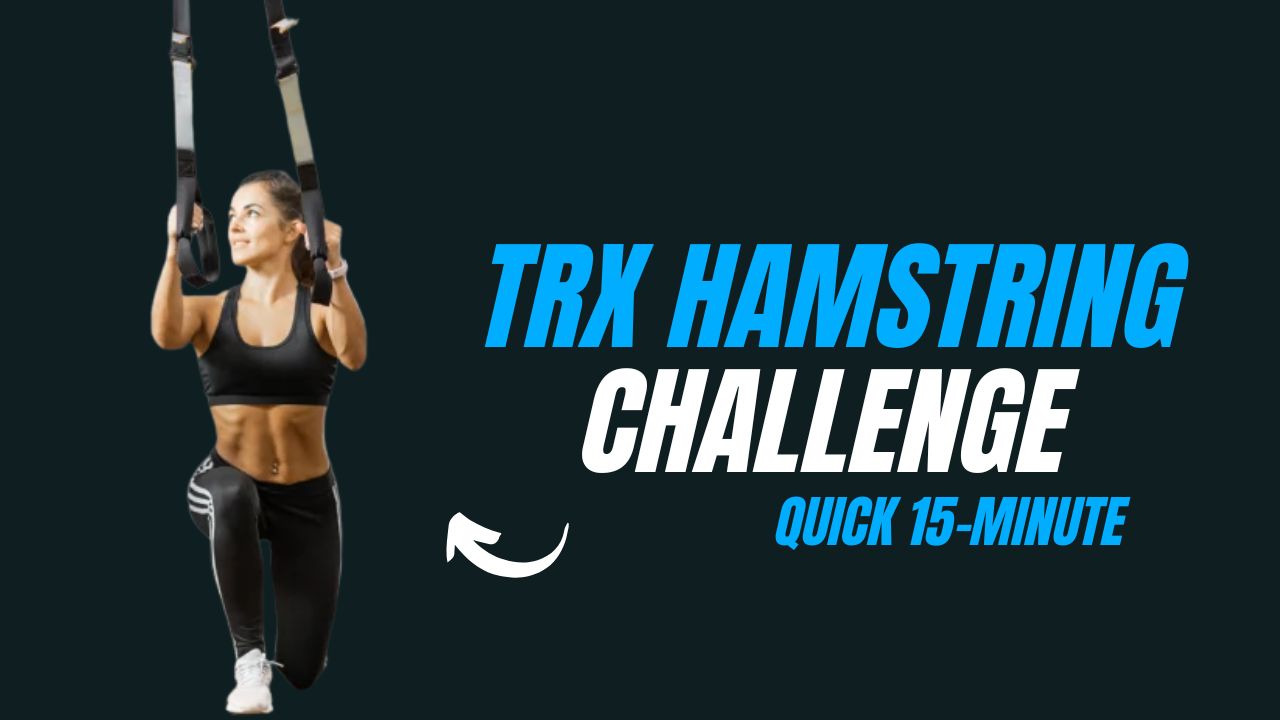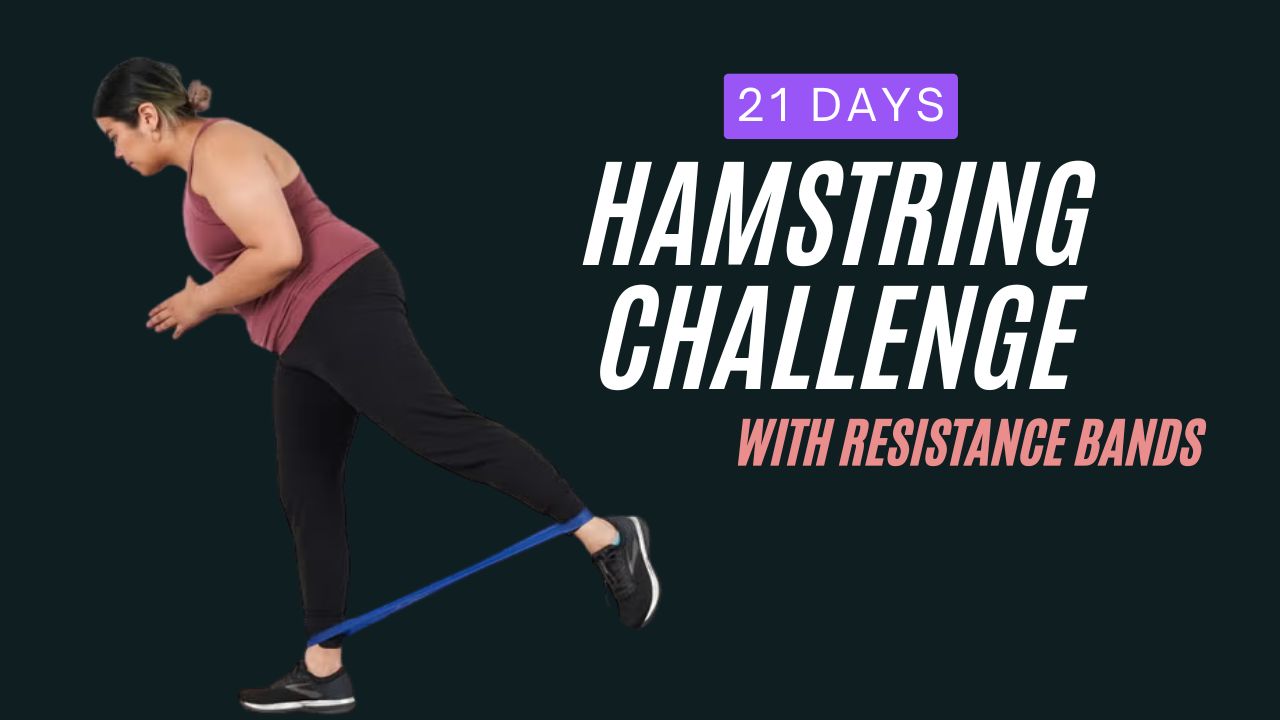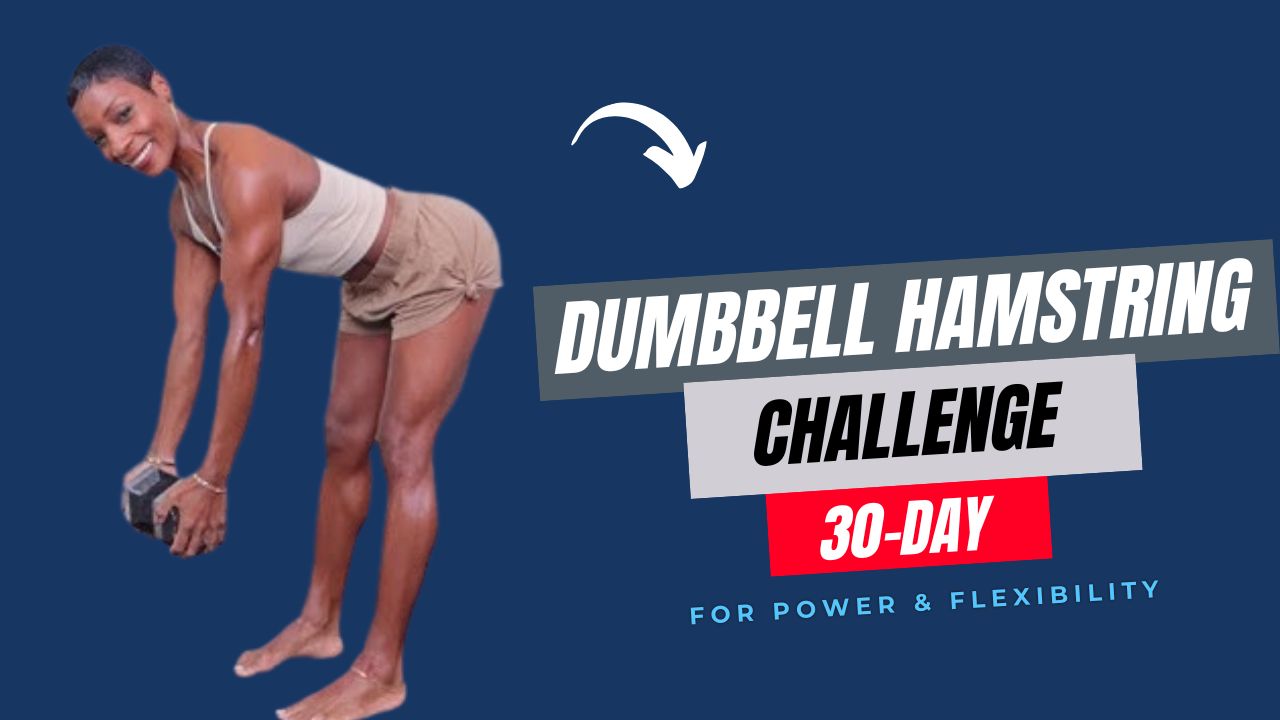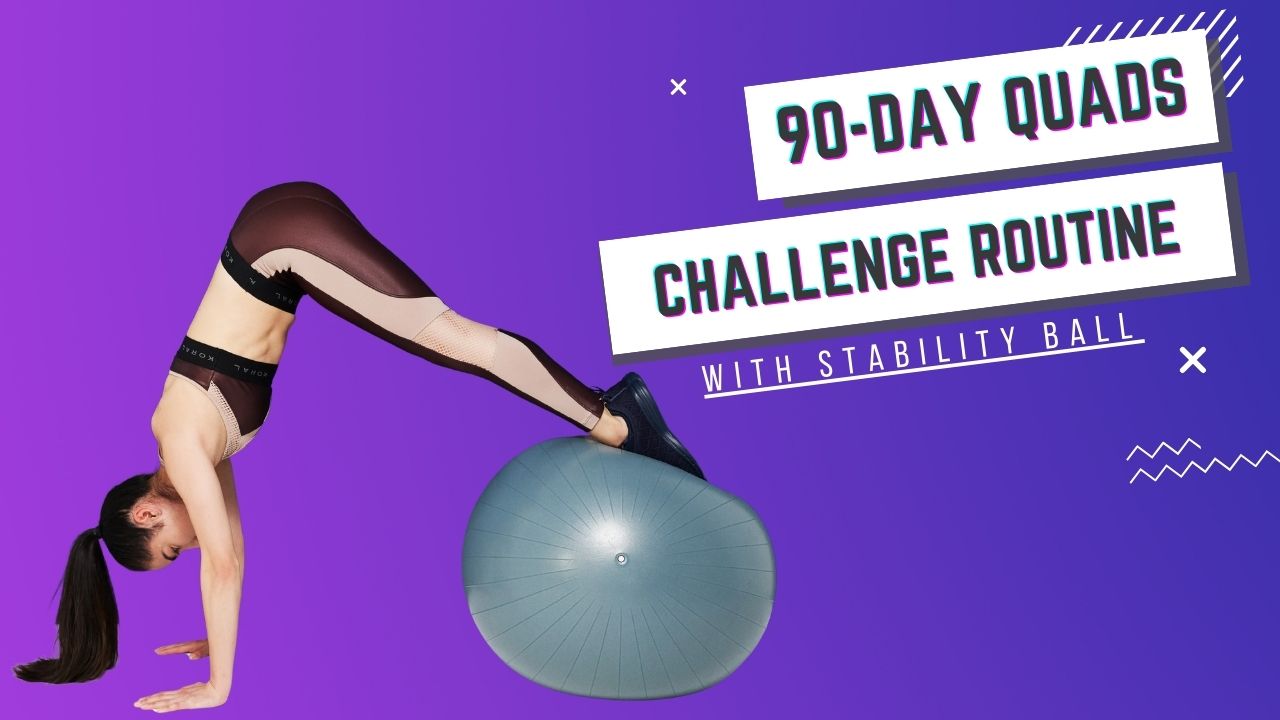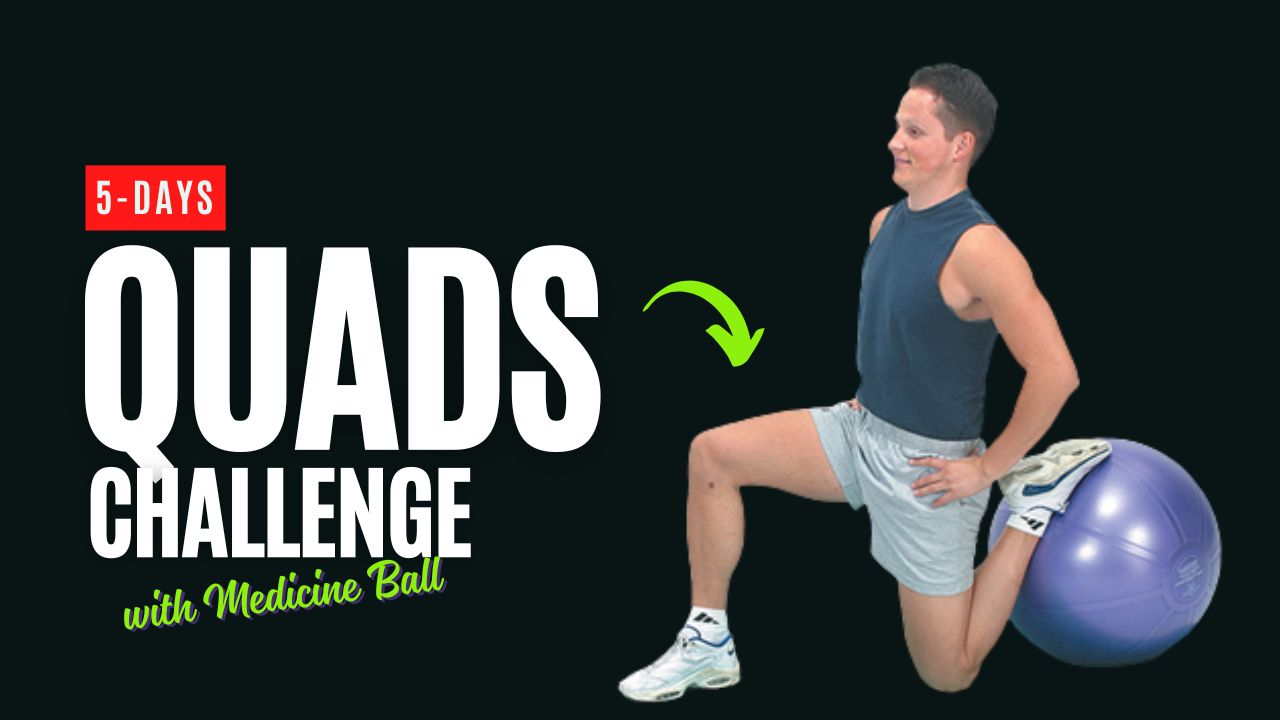Are you tired of endless squats that leave you feeling more sore than sculpted?
What if I told you there’s a better way to fire up your glutes for serious growth and strength—without heavy gym machines?
Resistance bands might look simple, but they’re one of the most powerful tools to transform your backside.
Do you know: Glute activation is the #1 missing piece in most people’s leg workouts, often leading to lower back pain or underdeveloped glutes. Using resistance bands ensures your glutes actually do the work.
Below, you’ll find 11 big glute drills with resistance bands—each explained step-by-step—so you can build strength, shape, and function from home or the gym.
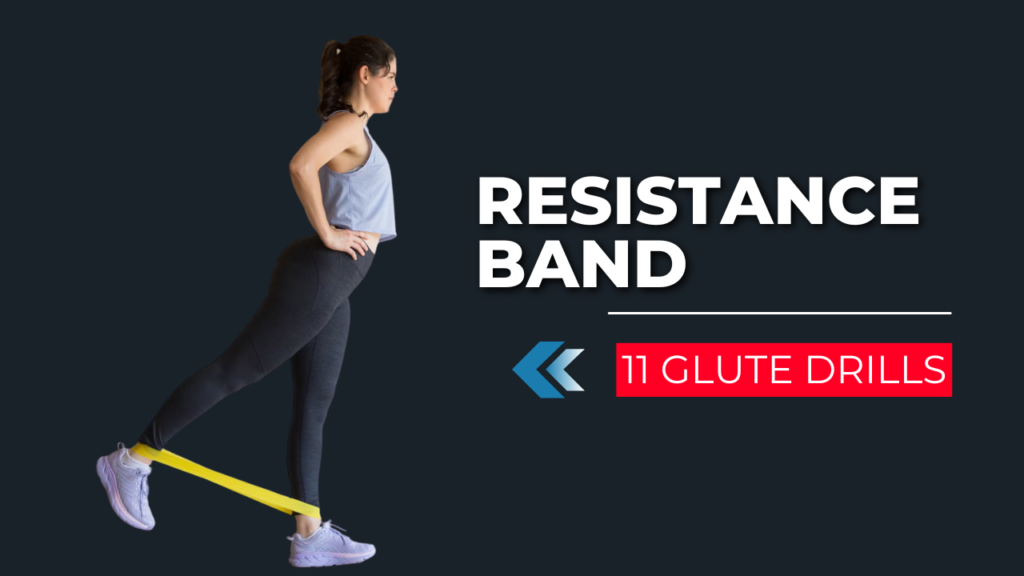
Table of Contents
What Can Happen After 30 Days of These Resistance Band Glute Drills
| Positive Changes You May Notice | Potential Issues if Done Incorrectly |
|---|---|
| Glutes feel firmer and look more lifted. | Soreness or strain in lower back if form is poor. |
| Better hip stability during daily activities. | Knee discomfort if knees collapse inward. |
| Increased strength in lower body movements. | Overtraining if you skip rest days. |
| Improved balance and athletic performance. | Lack of progress if you don’t increase resistance or reps. |
| Reduced risk of hip and knee injuries. | Frustration if you rush reps without control. |
Do & Don’t for Resistance Band Glute Drills
| Do | Don’t |
|---|---|
| Warm up before starting your glute workout. | Jump straight into heavy band exercises cold. |
| Focus on slow, controlled movements. | Rush through reps with poor form. |
| Keep constant tension on the band. | Let the band slack or lose tension mid-rep. |
| Engage your core to protect your lower back. | Over-arch your back, which can cause strain. |
| Use a resistance band that challenges you. | Pick a band so light that you don’t feel your glutes working. |
| Maintain proper alignment of knees and hips. | Let your knees cave inward during movements. |
| Progress to stronger bands as you get stronger. | Stick with the same band forever and stall progress. |
| Rest 48 hours between intense glute sessions. | Work the same muscles every single day. |
11 Best Resistance Band Glute Drills
1. Banded Hip Thrust
How to:
- Sit with your upper back against a bench, band above your knees.
- Roll your feet back so your knees are bent at 90 degrees.
- Push through your heels to lift your hips until your thighs and torso form a line.
- Squeeze your glutes hard at the top for 2 seconds, then lower slowly.
Perk: Maximizes upper and lower glute activation.
2. Monster Walks
How to:
- Place a band around your ankles or just above your knees.
- Get into a partial squat with chest tall.
- Step diagonally forward and outward like a “monster”, alternating feet.
- Keep constant tension on the band.
Fun fact: This exercise trains your gluteus medius, a key muscle for hip stability.
3. Standing Kickbacks
How to:
- Anchor a loop band around one foot, standing tall while holding something for balance.
- Kick the banded leg straight back, squeezing your glute.
- Return with control; repeat all reps on one side before switching.
Perk: Targets the glute max for better shape.
4. Lateral Band Walks
How to:
- Band just above your knees.
- Bend knees slightly into an athletic stance.
- Step sideways 10-15 times in one direction, then back.
Myth buster: Many believe squats alone build round glutes—but lateral moves like this are essential for full development.
5. Glute Bridge with Abduction
How to:
- Lie on your back, feet flat, band above knees.
- Lift your hips into a bridge, then open your knees outward against the band.
- Bring knees back in before lowering your hips.
Perk: Adds lateral glute activation to the classic bridge.
6. Bulgarian Split Squat with Band
How to:
- Stand in a split stance with back foot elevated on a bench.
- Place a band under your front foot, holding the other end at shoulder height or wrapped around your neck.
- Lower your hips until your front thigh is parallel to the ground, then press back up.
Did you know? Single-leg training like this reduces muscle imbalances that can limit glute gains.
7. Clamshells
How to:
- Lie on your side, knees bent 90 degrees, band above knees.
- Keep feet together while lifting your top knee as high as possible.
- Lower with control; repeat.
Perk: Excellent for glute medius and pelvic stability.
8. Quadruped Donkey Kicks
How to:
- On hands and knees, place a band around your thighs.
- Keeping knee bent, drive one leg up toward the ceiling.
- Lower without letting the knee touch the floor; repeat.
Interesting fact: Activating glutes in this position reduces overuse of the lower back muscles.
9. Squat with Band Pull-Apart
How to:
- Stand with feet shoulder-width apart, band above knees.
- Hold another light band in front of you at shoulder height.
- As you squat down, pull the band apart with straight arms.
- Stand back up, releasing tension.
Perk: Trains glutes and upper back at once for better posture.
10. Reverse Lunges with Band Resistance
How to:
- Place the band under your front foot, holding the ends at shoulder height.
- Step back into a lunge, keeping chest up.
- Drive through the front heel to return.
Did you know? Reverse lunges put less strain on your knees compared to forward lunges, making them safer for many people.
11. Fire Hydrants
How to:
- Start on hands and knees, band above knees.
- Lift one knee out to the side like a dog at a fire hydrant.
- Keep your hips level; control the return.
Myth buster: Many think fire hydrants only work small muscles, but they heavily target the glute medius for rounder hips.
Quick Tips for Best Results
- Warm up with light band movements to activate your glutes before starting.
- Focus on slow, controlled reps to maintain tension.
- Use a band with enough resistance that you feel challenged by the last 2-3 reps.
Remember: Resistance band drills aren’t just “filler” exercises—they’re proven to spark glute growth, boost athletic power, and prevent injuries. Add these 11 moves into your weekly routine, and your glutes will thank you!
Conclusion
Resistance bands might seem simple, but they’re one of the most effective tools for unlocking your glutes’ true potential.
These 11 big glute drills go beyond basic squats and bridges to target your muscles from every angle—building strength, shape, and stability while reducing injury risk.
Whether you’re working out at home or adding these moves to your gym routine, consistently challenging your glutes with bands will help you develop a firmer, more powerful lower body.
Remember to keep your movements controlled, stay mindful of your form, and don’t be afraid to progress to stronger bands as you get stronger.
Your journey to sculpted, strong glutes starts today—band up and get moving!
Frequently Asked Questions (FAQs)
How often should I do resistance band glute workouts?
Aim for 2-4 times per week, allowing at least 48 hours of rest between sessions for each muscle group so your glutes can recover and grow.
Can beginners do these exercises?
Yes! Resistance band glute drills are beginner-friendly. Start with a lighter band to focus on form, then progress to heavier resistance as you build strength.
Do I need a special kind of band?
A set of loop resistance bands (also called mini bands or booty bands) is ideal. Fabric bands are great for comfort and staying in place, while rubber bands are usually more budget-friendly.
How long will it take to see results?
With consistent training and good nutrition, many people notice glute firmness and shape improvements within 4-6 weeks.
Should I combine these drills with weights?
Yes! Bands are amazing on their own or paired with dumbbells/barbells. For example, adding bands to weighted squats increases time under tension for better glute activation.
Are band workouts effective for fat loss?
Bands themselves won’t burn fat directly, but incorporating these exercises into a full workout plan can help build lean muscle. More muscle boosts your metabolism, which supports fat loss when combined with a calorie-controlled diet.
Do these exercises help with hip or knee pain?
Strengthening your glutes can improve hip stability and reduce knee strain by helping align your lower body. However, if you have pain or injuries, consult a professional before starting new exercises.
Can I do these exercises every day?
Daily glute workouts aren’t necessary and may lead to overuse injuries. 2-4 sessions per week with rest days in between are more effective for muscle growth.
How many reps and sets should I do?
Perform 3-4 sets of 10-20 reps per exercise. Focus on quality over quantity, and stop if you feel pain (but muscle burn is normal!).
Is it normal to feel these exercises in my thighs or lower back?
You may feel some tension in supporting muscles, but most of the work should come from your glutes. If you feel strain in your lower back, check your form—often, arching your back instead of engaging your core can cause discomfort.





